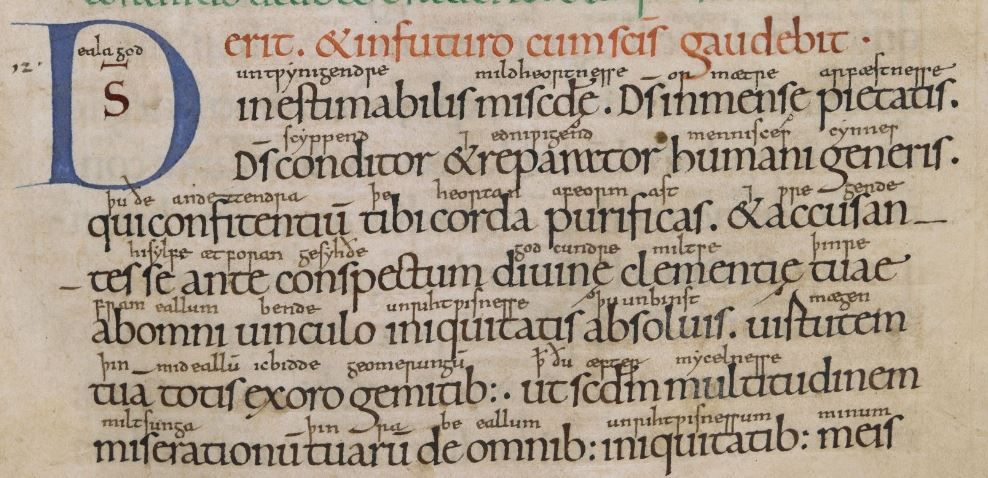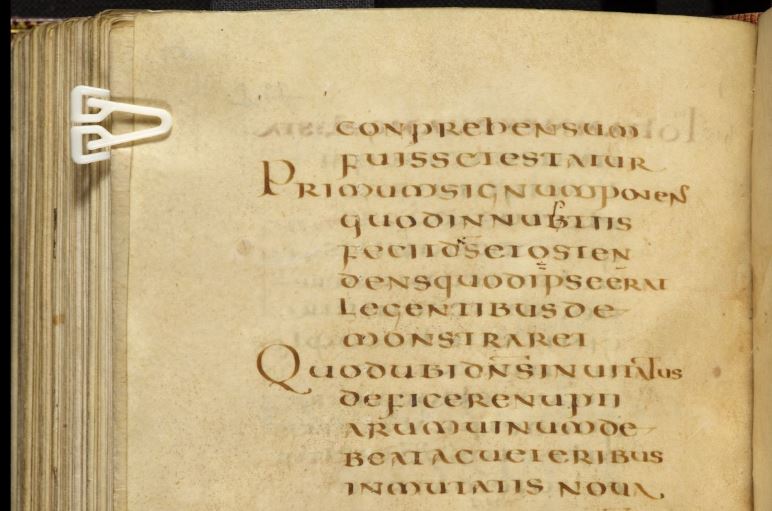As I wrote in a recent post, I currently have less time for blogging due to an impending book deadline. Which is why it is complete foolishness that I have taken up learning a completely new language.
Well, sort of. What happened was that, having heard good things about it, I signed up to Duolingo wanting to brush up my French. On this program, there is a sort of side screen which tells you all the languages you can learn and how many people are learning them at the present time. Millions of people learning French, German, Italian, Arabic … but, presumably due to a computer error, it said that zero people were learning Japanese.
Oooh, I thought. I could learn Japanese.
For those of you who haven’t tried it, Duolingo is a smartphone app which teaches languages through a series of tiny little games: fill in the blanks, match the pairs of words, translate this sentence, write down what you just heard, speak this into the microphone. It’s startlingly more unsystematic than I was expecting – it doesn’t seem concerned with making sure that I know how to conjugate each and every French verb tense correctly – but it is kind of addictive. In particular, it knows exactly how to appeal to my sense of completeness and self-competitiveness: hey, Kate, it tells me, you haven’t done your practice today. Keep up your 22-day streak!
As for the Japanese course, it starts out by getting you to match a few hiragana characters to the sounds they represent, written in Roman letters – as it speaks these out loud, you basically can’t get this wrong – and then reinforces this by getting you to match up the characters with their Roman equivalents, teaching you a few basic words along the way. After quite a few rounds of this, Duolingo raises the challenge a bit by introducing symbols from the other writing systems involved in Japanese (there are three), and teaching you some everyday phrases, which is where I am starting to get a bit stuck, so I have been going back and repeating the earlier rounds until I am stronger in them.
Remarkably, however, this steady drip-drip-drip of just five minutes a day has succeeded in sneaking a few little things into my brain that weren’t previously there. Changing trains at Birmingham New Street a few weeks ago, I did what I normally do and got some food at the branch of Wasabi. I stared at the sign as if seeing it for the first time.

That does say wa – sa – bi, I realised. And then, a week later, I took another look at this poster which has been at York station for a while now:

Yes, those are the characters a – zu – ma, I thought. I had learned something! There was something incredible about having learned something altogether new and recognising it in everyday life, even if it was something very small and simple.
Nevertheless, learning Japanese words and putting them together into sentences has proved considerably more difficult. A lot of it simply isn’t sticking – and I think I need to make sure I really know those sounds and characters first of all. When I was learning French at school, I was taught how to say a word, and what it meant, before I was taught how the word was spelled – probably a fairly sensible strategy for teaching French, but I don’t think my mind works that way. I need written language as a sort of peg on which to hang spoken words.
But there’s another stage to go through before that. A few years ago, I was visiting a friend and idly started poking through the textbook that she was learning Greek from. At the start, I found not merely a chapter about the Greek alphabet, but also one about how to form the letters in the first place. With little arrows, guiding you from one stroke to the next. It was an issue I hadn’t really thought about. I don’t really remember how I learned to write the Roman alphabet.

So what does this have to do with Anglo-Saxon manuscripts? Scribes had to go through these same experiences in learning to write – and they were expected to write both in their native English and in Latin, and often to a much higher standard than anyone expects of handwriting today. I often look at high-quality manuscripts and wonder just how it was possible that someone could get something looking so perfect, and with a bird’s quill, too.

What’s more, scribes might have to learn several scripts, in order to differentiate between different levels of headings, just as, in the example above, he or she has opened the psalm in a modified form of Roman capitals (in gold) and continued in rustic capitals (in red). As for the body text, once the continental Caroline minuscule was adopted in England, in the mid-tenth century, very distinctly different scripts were used for writing the two languages.

And then there was the original Anglo-Saxon runic alphabet, which is occasionally seen in books:

Quite a lot is known about how letters were written and formed in different scripts, and how to tell whether a straight or slanted pen was in use; if I weren’t under the pressure of a deadline right now, I would brush up on that subject and write something about it.
Just as my friend had to learn the Greek alphabet and how to write it, early medieval western European scribes were aware of other alphabets, and presumably fascinated by them. We sometimes see these copied into manuscripts of the time, either as whole alphabets or letters that were believed to be of particular importance:


Japanese, on the other hand, has within it three different types of writing system: the hiragana characters, and the katakana, which represent individual syllables, plus the kanji, which represent whole words, like Chinese characters.
That day that I noticed the poster at York station, it happened that I was on my way to London to see the British Museum’s exhibition on the Japanese artist Hokusai (I’d tell you to go and see it, except that it has now closed). To my pleasure, the exhibition text and labels were written in Japanese and English, and I attempted to pick out and identify the hiragana characters where I could, and to note how the Japanese placenames mentioned look in the original language. And here’s another difference between Japanese and writing in the Roman alphabet: the former is written without spaces between the words. Incidentally, that is how Latin was written for a long time.

If Latin, or one of the early Romance languages, is your native tongue, then you might be able to read unspaced text (scripta continua) without too much difficulty. Speakers of Celtic and Germanic languages, on the other hand, had a greater learning curve in facing written Latin, and therefore popularised word spacing, which later became standard across Europe.
And that, in turn, raises the issue of where one ‘word’ ends and the next begins. Often, medieval scribes run two words together, or place a clear space between syllables or after prefixes, making me wonder how they perceived the language that they were writing … but that’s a subject for another blogpost. As I say, I’m too busy with book edits. And I’ve broken my streak on Duolingo, and that little owl keeps sending me reminders to do today’s practice …

Good luck with the book Caroline.
May all the words just flow…
LikeLike
Thank you!
LikeLike
Hi, I’ve been learning Japanese on and off since 2012 and I wanted to pass on a few resources. I also use Duolingo and I think it is better for brushing up on a language that you already know than one that you’re starting from scratch. As you have probably realised by now, one of the hardest parts about learning Japanese is learning the kanji. For this purpose I recommend a free game called “Slime Forest” which you can download at https://lrnj.com/. For everything else I recommend http://www.tofugu.com/. I haven’t used Tofugu for a few years so it may have changed but it gave me a great start. For example, it pointed me to the following site for learning the kana: http://realkana.com/hiragana/
I read somewhere that one of the many reasons that the Japanese will not give up on the kanji is that they make the unspaced text easier to read than just having a long string of kana. The main reason I like kanji (apart from the aesthetic reason) is because it makes it easy to distinguish between the various homonyms.
HTH
Sarah
LikeLiked by 1 person
Thanks, I must check those out! It’s interesting what you say about new languages vs. brushing up: with the French one, I’d really like it if Duolingo made sure I knew each and every conjugation thoroughly, which is a shame. But it is pretty good at making you practise a tiny bit each day.
LikeLiked by 1 person
Sorry, I forgot to mention another useful resource called Lang-8. I think it was created in Japan but it caters for lots of different languages. I “met” my Japanese penpal there. Here is the “About” page: http://blog.lang-8.com/post/23919260868/tips-for-beginners and here is the login page: https://lang-8.com/login
LikeLike
This is so interesting! I love the way you’ve tied in the study of hiragana with medieval writing. I too have just started studying Japanese on Duolingo and I also have gotten really stuck on the first couple of lessons involving kanji. I guess I should have anticipated that learning a new writing system would be hard but it’s pretty frustrating to move so slowly.
LikeLike
Congrats on learning Japanese. I was struck by a statement that succinctly expressed something I have struggled to explain about my need to see words spelled and not just hear them. You said: “I need written language as a sort of peg on which to hang spoken words.” Exactly. I think this may apply to many of our Anglo-Saxon scribes: some may have seen Latin words as letters spelled if they learned Latin while learning to read, unlike their native speech, Old English.
Unlike you, I DO remember learning how to form letters–it used to be taught in school with these handbooks that had arrows and sample letters that you traced over. My children were not taught that–the teacher said they could make them any way the wanted! Of course now many schools don’t teach longhand any more either. I have taken to teaching calligraphy to my students–uncial, majuscule, insular minuscule, and Caroline. It messes with their brains.
LikeLike
That’s a great point about the difference between native and second languages – when I’m out from under my deadline I’d like to explore that further.
I’ll claim my congratulations if I’m still carrying on with the Japanese a year from now … 😀
LikeLike
I’d like to learn calligraphy from you. It’s one thing to learn to recognize a specific script, but to write it…
LikeLike
Haha, that’s what my handwriting looks like when I’m concentrating! Mostly it’s pretty terrible 🙂
LikeLike
I once learned kanji characters the way I learned Russian Cyrillic or Greek…like Milton’s daughters. Finally I learned a new alphabet, runes, after actually studying Anglo-Saxon.
The new Korean alphabet has a fascinating origin. I also learned a bit about the root characters of Chinese as they developed from their ancient pictographs.
Next stop: glagolitic!
LikeLike